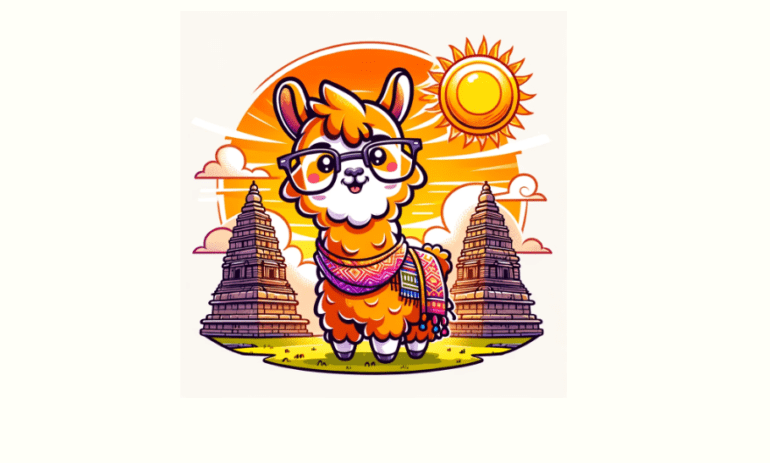TL;DR:
- Tensoic AI introduces Kan-LLaMA, a language model tailored for Kannada.
- Kan-LLaMA addresses limitations in non-English language support in LLMs.
- It enhances efficiency through vocabulary modification and low-level optimization (LoRA).
- Pretraining on 600M Kannada tokens costs approximately $170 on Nvidia A100 80GB instances.
- Kan-LLaMA promotes open models, fostering innovation in NLP and machine translation.
Main AI News:
Tensoic AI, a frontrunner in the world of artificial intelligence, has taken a significant stride forward with the launch of Kan-LLaMA, a game-changing innovation designed to overcome the inherent challenges faced by language models (LLMs). Kan-LLaMA, short for Kannada Llama, has been meticulously crafted to address the unique needs of non-English languages, with a particular focus on the Kannada language.
The landscape of LLMs has witnessed remarkable achievements, most notably the META LAMA 2. However, the limitation of these models lies in their native support for non-English languages, necessitating an expansion of their linguistic capabilities. Tensoic’s Kan-LLaMA aims to bridge this gap and empower less prominent languages, including Kannada, by enhancing the Llama-2 model.
The key features of Kan-LLaMA include the modification of the model’s vocabulary through a phrase fragment tokenizer, the application of low-level optimization (LoRA) to streamline training processes, and the optimization of the model to cater to specific data structures, thereby elevating its conversational prowess. This groundbreaking release is underpinned by a commitment to open models, fostering innovation in natural language processing (NLP) and machine translation.
Efficiency lies at the heart of Kan-LLaMA’s design. The sentence fragment tokenizer is meticulously trained on the rich Kannada text corpus and seamlessly integrated with the existing Llama-2 tokenizer. Researchers have harnessed the power of low-level optimization (LoRA) during pretraining, an approach that not only conserves the weight of previously trained models but also reduces the total number of trainable parameters. This method ensures the computational training of LLMs at lower levels, significantly boosting their effectiveness.
To achieve this feat, Tensoic conducted pretraining on a dataset comprising approximately 600 million Kannada tokens from the CulturaX Dataset, employing Nvidia A100 80GB instances. This monumental task was completed in just 50 hours, at an estimated cost of $170, demonstrating Tensoic’s commitment to advancing the field of NLP while maintaining cost-efficiency.
Kan-LLaMA marks a new era in the world of language models, where inclusivity and efficiency converge to empower languages that have long been underserved. With the release of rules, datasets, and comprehensive documentation, Tensoic AI is paving the way for the broader research community to harness the potential of Kan-LLaMA and redefine the boundaries of NLP and machine translation.
Conclusion:
Tensoic AI’s Kan-LLaMA not only revolutionizes NLP by catering to Kannada but also sets a precedent for inclusive language models. Its efficient design and commitment to open models will likely drive innovation and accessibility in the market, opening doors for underrepresented languages and expanding the horizons of natural language processing and machine translation.

